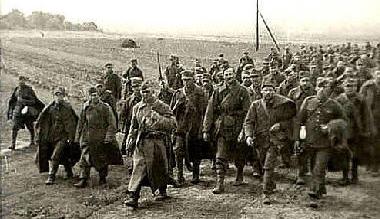 |
|
|
|
|
|
|||
|
Katyn Massacre Also Know As The Katyn Forest Massacre |
||||
 |
The Katyn
massacre, also known as the Katyn Forest massacre (Polish: zbrodnia
katyńska, 'Katyń crime'), was a mass murder of many thousands of Polish
prisoners of war (primarily military officers), intellectuals,
policemen, and other public servants by the Soviet NKVD, based on a
proposal from Lavrentiy Beria to execute all members of the Polish
Officer Corps.
Dated 5 March 1940, this official document was then approved (signed) by the entire Soviet Politburo including Joseph Stalin and Lavrentiy Beria. The number of victims is estimated at about 22,000, the most commonly cited number being 21,768. |
|||
|
The victims were murdered in the
Since
The "Katyn massacre" refers specifically to the massacre at
The Belorussian and Ukrainian Katyn Lists are NKVD lists of names of
Polish prisoners to be murdered at various locations in |
||||
|
Nazi Germany
announced the discovery of mass graves in the
An investigation
by the Prosecutor's General Office of the
|
| ?AvStop
Online Magazine
Contact
Us
Return To News
|
|
